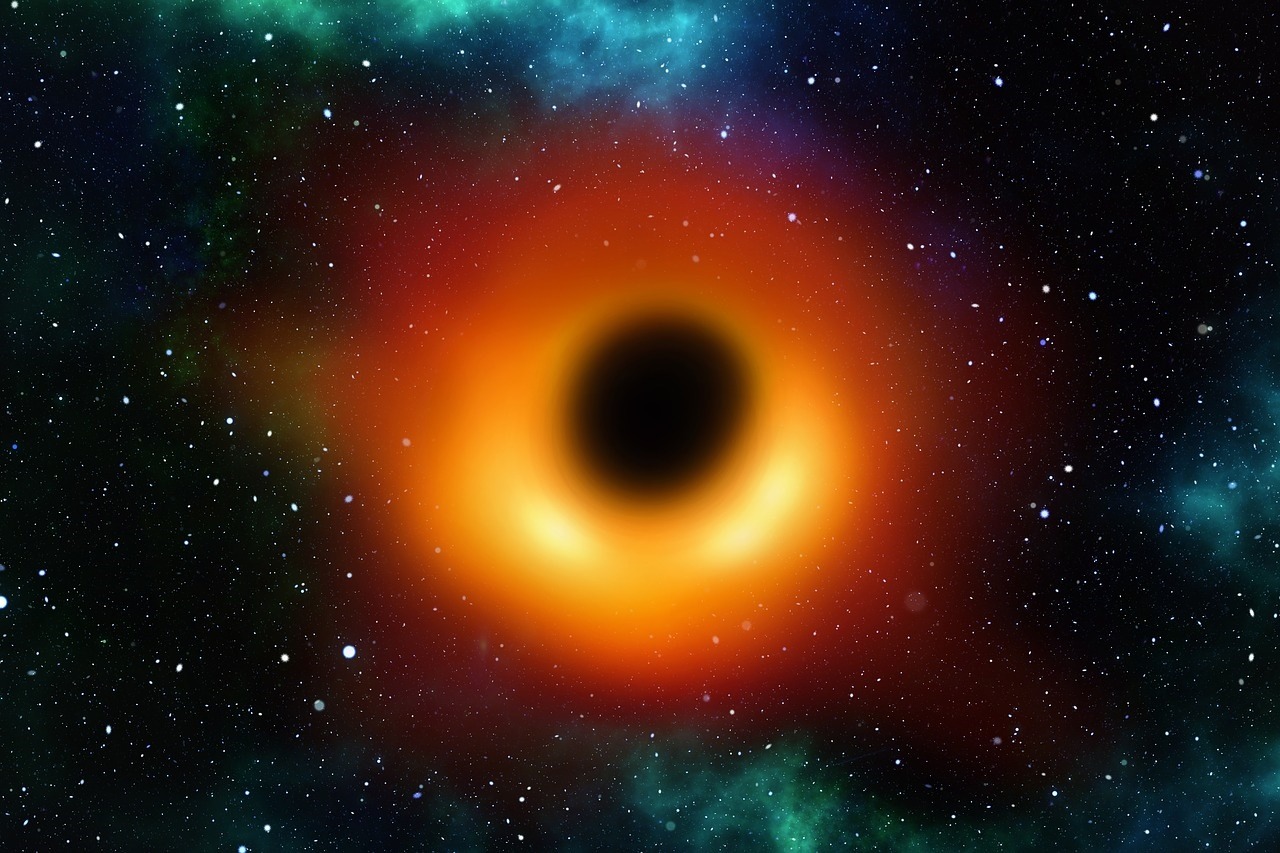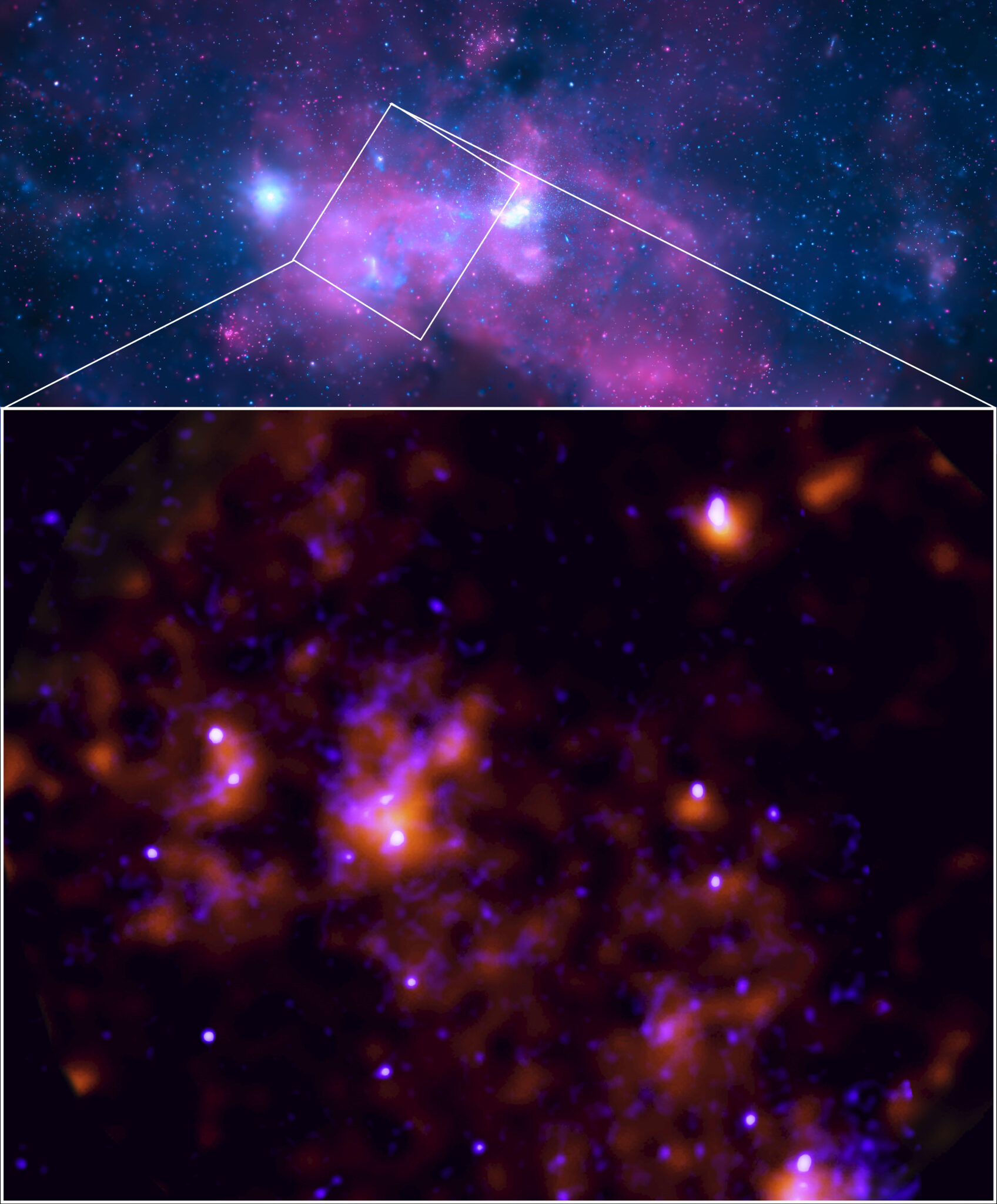New observations confirm that a massive black hole in the center of our Milky Way, woke up and released a powerful X-ray burst in the 19th century. And only now astronomers hear its echo.

Astronomers noticed that large gas clouds in the central region of the galaxy were emitting brighter X-ray radiation than expected. One possible explanation was that this X-ray light did not originate from the gas cloud itself but was reflected from it after a black hole flare. The black hole in question, Sagittarius A*, has a mass 4.1 million times that of our Sun.
The theory suggests that at some point in the recent past, Sagittarius A* consumed something extremely massive, and the X-ray burst from that event was reflected off the nearby gas clouds. Now, a team led by Frederic Marin from the University of Strasbourg, using the NASA Imaging X-ray Polarimetry Explorer (IXPE) satellite, not only found compelling evidence for this theory but also determined the approximate date of this event.

Gravitational forces around a massive black hole like Sagittarius A* are so strong that they can tear apart anything that comes too close to it. During this process, a burst of X-ray radiation occurs when a gas cloud, star, or even an asteroid is torn apart, and the fragments form a hot disk that spirals into the black hole.
The NASA IXPE spacecraft is capable of measuring the polarization of X-ray light from such events. Polarization refers to the oscillation of light waves in a specific direction, which can reveal information about how the light was created and reflected. IXPE discovered that the X-ray echo signals have polarization that corresponds to the coordinates of Sagittarius A*. Additionally, the strength of the polarization indicates that the X-ray radiation was emitted approximately 200 years ago during an event that lasted less than one and a half years.
“Our work presents compelling evidence that X-ray emission from giant gas clouds is the result of an intense but short-lived flare that occurred on or near Sagittarius A*,” wrote the team led by Frederic Marin.
The brightness of the X-ray radiation indicates that this flare increased the X-ray luminosity of the black hole by millions of times. The total amount of released energy is estimated to be in the range of 1039 to 1044 ergs. This can be compared to active galaxies of the Seyfert type, which have massive black holes that consume a significant amount of material but over a much longer period of time.
What object exactly was consumed by the black hole is unknown.
Previously, we reported on what black holes are and how they form.
Source: Space
